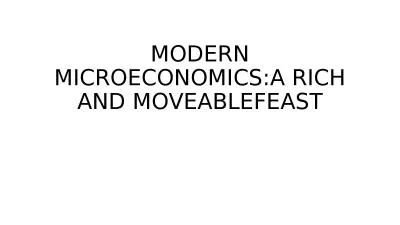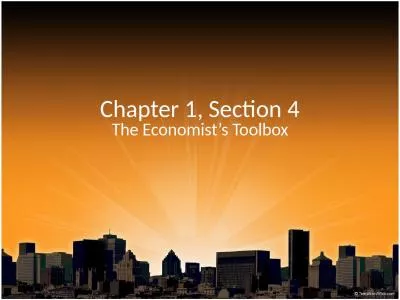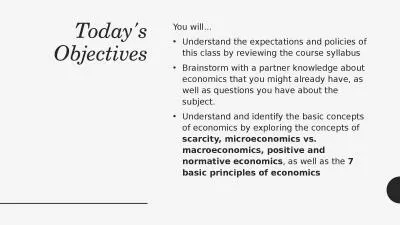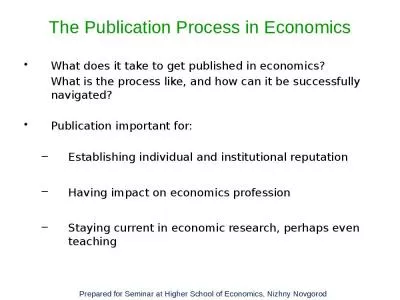PPT-Microeconomics Topic 1 Higher Economics
Author : bitechmu | Published Date : 2020-06-20
201314 The Basic Economic Problem Microeconomics BASIC NEEDS Everyone in the world has four basic needs Food Water Clothing Shelter Without these we would not
Presentation Embed Code
Download Presentation
Download Presentation The PPT/PDF document "Microeconomics Topic 1 Higher Economics" is the property of its rightful owner. Permission is granted to download and print the materials on this website for personal, non-commercial use only, and to display it on your personal computer provided you do not modify the materials and that you retain all copyright notices contained in the materials. By downloading content from our website, you accept the terms of this agreement.
Microeconomics Topic 1 Higher Economics: Transcript
Download Rules Of Document
"Microeconomics Topic 1 Higher Economics"The content belongs to its owner. You may download and print it for personal use, without modification, and keep all copyright notices. By downloading, you agree to these terms.
Related Documents

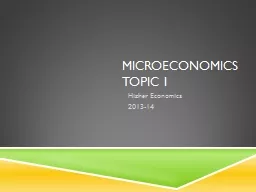
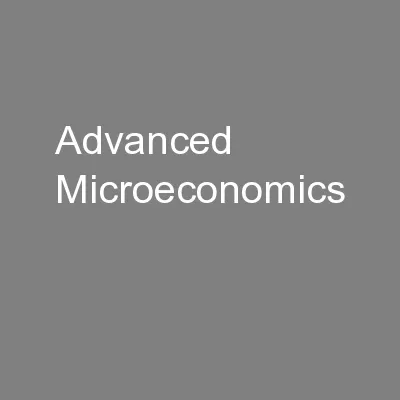
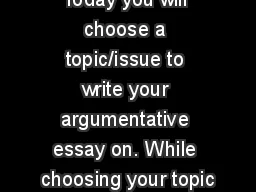

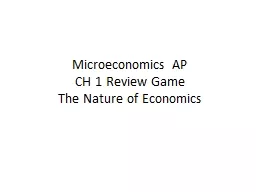
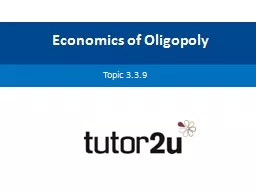
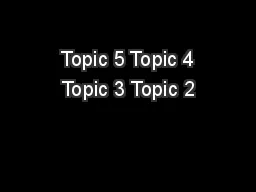
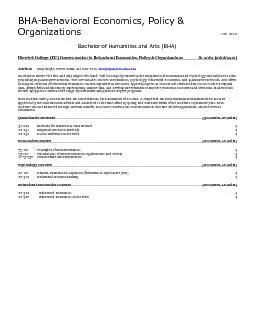
![[EPUB] - AP Microeconomics/Macroeconomics with 4 Practice Tests (Barron\'s Ap Microeconomics/Macroeconomics)](https://thumbs.docslides.com/902858/epub-ap-microeconomics-macroeconomics-with-4-practice-tests-barron-s-ap-microeconomics-macroeconomics.jpg)
![[EPUB] - 5 Steps to a 5: AP Microeconomics 2022 (5 Steps to a 5 Ap Microeconomics and](https://thumbs.docslides.com/902993/epub-5-steps-to-a-5-ap-microeconomics-2022-5-steps-to-a-5-ap-microeconomics-and-macroeconomics.jpg)
